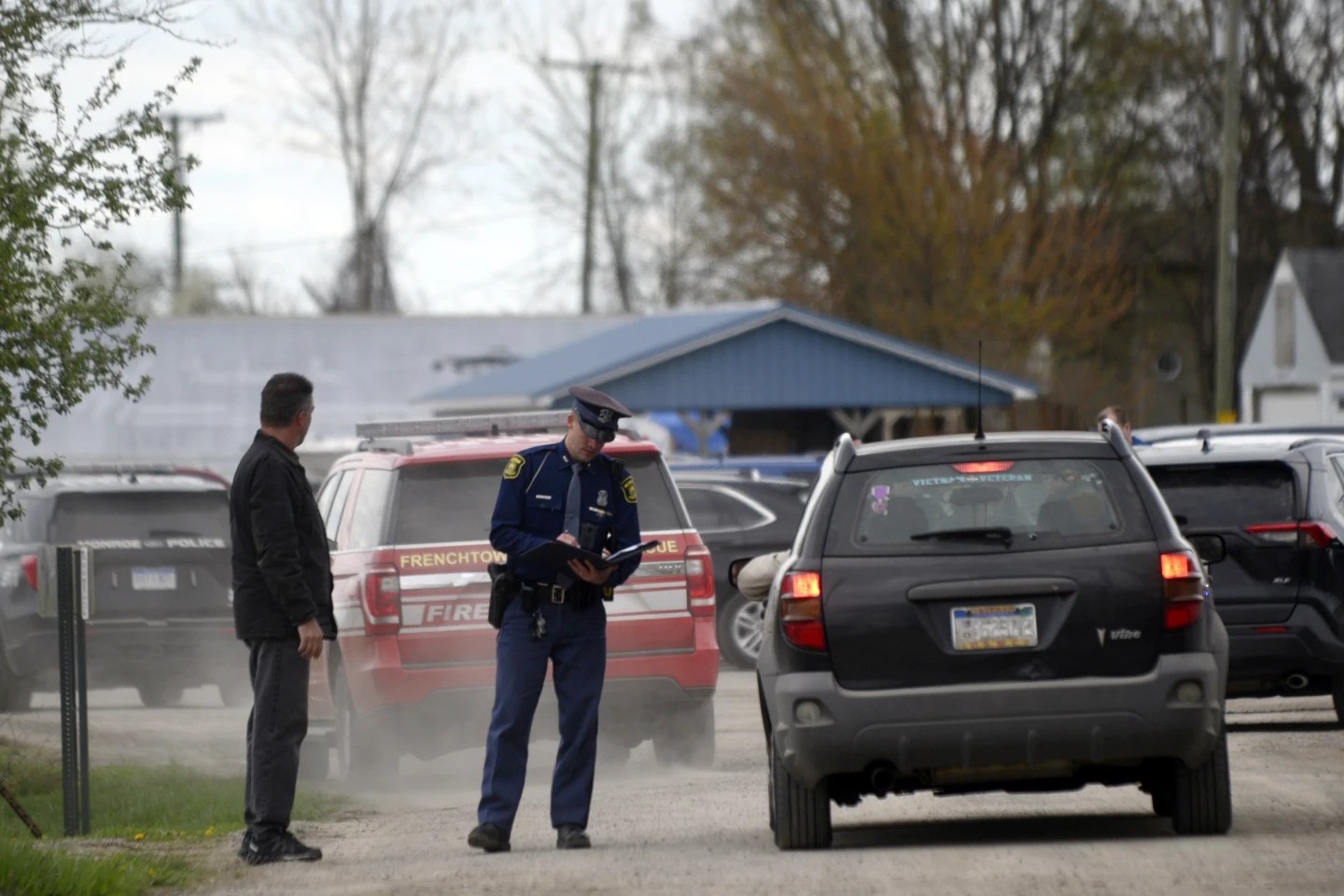
There are over 23 million children in the United States. In 2019-2020, roughly 1.3 million of them were considered homeless by the U.S. Department of Education.
That’s roughly one child per classroom experiencing homelessness.
But in the same year, counted around 100,000 students that were homeless.
The inconsistency in data is thought to be due to the lack of a common definition of homelessness in federal and state agencies.
“It can get a little gray because the education definition has been very broad, and so sometimes, if a family or if a student has a roof over their head, a lot of times people don’t see them as homeless,” says Traverse City Area Public Schools Students in Transition Empowerment Program (STEP) Coordinator, Abby Jordan.
That might soon be changing with the introduction of the in December.
The homeless definition from the federal law is ‘lacking a fixed, regular and adequate nighttime residence.’ HUD’s definition includes people living in shelters, transitional housing, or on the streets or other outdoor locations.
“Maybe you’re living in an RV or a camper, maybe a tent or a car, right? Those are not fixed residences. Regular means going there every night or having a legal reason to be able to stay even if there’s conflict or something. Then there’s also adequate, meaning if you’re not living in an adequate accommodation, meaning maybe all your windows aren’t in or there’s a mold problem or you’re overcrowded – we see a lot here in our area – then you can be eligible for services.”
Under the McKinney-Vento Act, schools are required to have a liaison to help in identifying students experiencing homelessness and help them receive services they may need. STEP at TCAPS is the umbrella under which Jordan is able to facilitate children and families in need of services.
Families may not receive the help they need when only certain living situations are covered by housing assistance programs.
Over 80 percent of students are considered homeless in public schools, higher education institutions, early childhood and child care programs fall through the cracks by federal definitions, but not by HUD.
TCAPS has on average 500 students who are considered homeless in a given school year. And 80 to 90 percent of families in the region are living doubled-up in homes or inadequate accommodations.
These families and children are not able to access HUD homeless assistance – no matter how dire the situation.
“One of the things we come in to issue with is that when we try to get housing services and families have never been literally homeless,” says Jordan. “We have a broader definition in the educational world. Housing programs have a very narrow definition. For probably about a decade, we’ve gone back and forth about how those federal definitions don’t always allow the services that could be used by students that have never have ever experience that literally homeless part of the definition.”
The new law, if passed, would change the HUD definition for homeless individuals and children to align with other federal assistance programs. It is supposed to increase access to programs for those who would otherwise go without.
“We did a study a few years ago, right around when HUD came out with some of their their data about student homelessness,” says Jordan. “TCAPS is right up there with some of the bigger districts across the state. One of the things we had done right around then was track youth and how many moves they’ve made. And one of the things that we know is that one homelessness at a younger age will most likely predict homelessness later.

© 2023 - 910 Media Group


